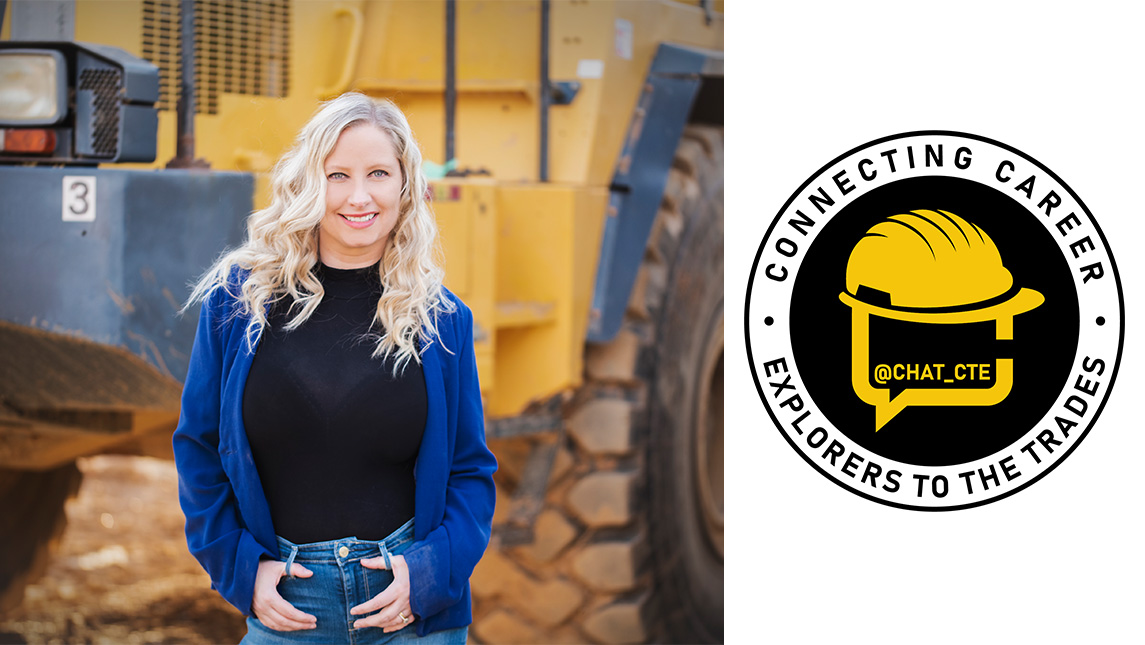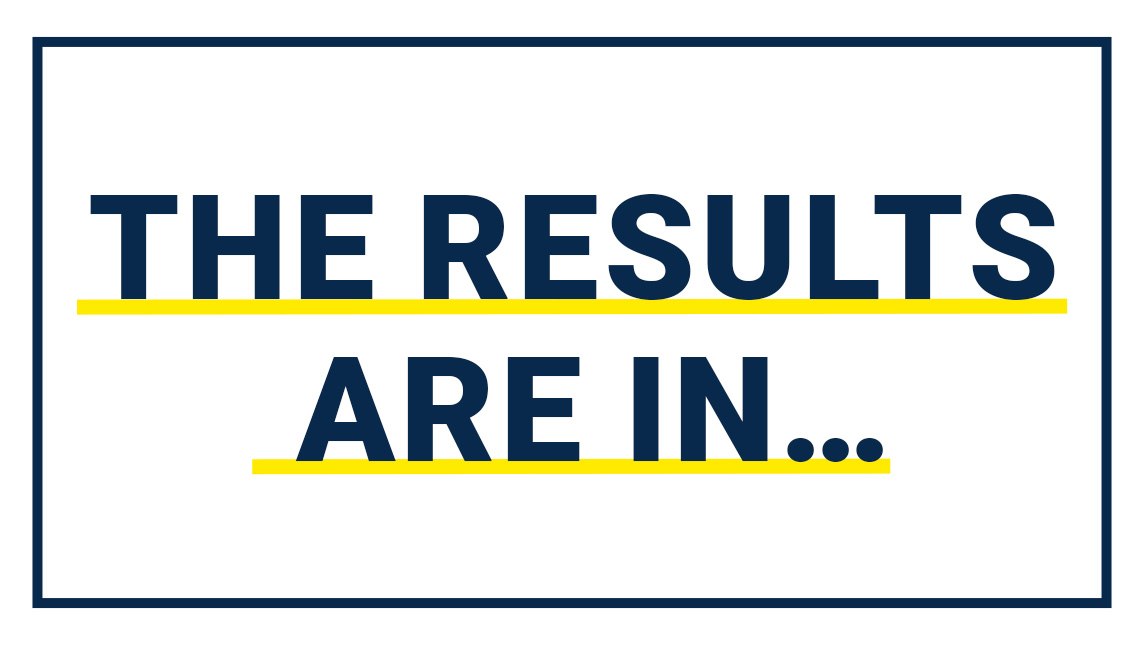
At Harbor Freight Tools for Schools, we are committed to catalyzing greater support and investment in excellent skilled trades education in U.S. public high schools.
Over the course of the past year, there has been more attention than ever focused on the skilled trades, specifically on how we will build a talented workforce capable of supporting the federal government’s potential investment in infrastructure. As we look back, there were five emerging trends in education that caught our attention and could have a meaningful impact on our work.
TREND 1: BROAD SUPPORT
In a country that doesn’t seem to agree on much, support for high school skilled trades education is broad and deep. Research by NORC at the University of Chicago commissioned by Harbor Freight Tools for Schools found widespread bipartisan support for increased funding for high school skilled trades education. More than 78 percent of Republicans, Independents and Democrats said school districts should make skilled trades funding a priority. Despite this, the availability of high quality skilled trades education in U.S. public high schools is woefully inadequate. In fact, there is no skilled trades field where current enrollment in high school programs is projected to meet even half of employer demand over the next decade.
TREND 2: FEWER STUDENTS GOING TO COLLEGE
In a recent study, the National Student Clearinghouse Research Center found that undergraduate enrollment has dropped by more than eight percent over the past two years. At the same time that college enrollment is on the decline, the country is facing an unprecedented shortage of skilled workers.
Whether this a temporary drop because of the COVID-19 pandemic or a longer-term trend, it raises a challenge and an opportunity for high schools to increase the awareness and preparation for a multitude of career paths, including those with a high demand for skilled labor, such as the trades. Whether students enter college or not, a high-quality skilled trades education in high school will give them an opportunity to obtain good jobs and be part of a growing skilled trades workforce that our country desperately needs.
TREND 3: MORE QUALITY JOBS THAT DON’T REQUIRE A COLLEGE DEGREE
According to a recent report by the Georgetown University Center on Education and the Workforce, 75 percent of new infrastructure jobs will be for workers with either a high school diploma or some short-term postsecondary training which does not require a degree. Among the key findings of the study: “An infrastructure program would create 8 million jobs for workers with a high school diploma or less, 4.8 million jobs for workers with more than a high school diploma, but less than a bachelor’s degree…”
We need to dramatically increase the availability of high-quality skilled trades education in U.S. high schools to fill this critical gap. This includes expanding programs with seamless connections to next-step options including youth apprenticeships and dual enrollment with local community colleges.
TREND 4: TEACHING FATIGUE
During the past year, 42 percent of teachers have indicated that they have considered leaving or retiring from their current position, yet another sign of the heavy toll the pandemic has taken on even the most dedicated and resilient teachers. Now more than ever, teachers should be recognized and supported in meaningful ways. We hope that the Harbor Freight Tools for Schools Prize for Teaching Excellence is a model for how to honor and respect hardworking teachers across the country. Each year, we award more than $1 million to 18 outstanding high school skilled trades teachers and their programs. In 2022, our plan is to host two in-person convenings of our prizewinners to provide them with much-deserved space for reflection, peer learning and community building. After not meeting in-person for more than two years as a cohort, our hope is that this time together will help them recharge and leave inspired to enhance skilled trades education in their schools and communities.
TREND 5: NEW INVESTMENT IN HIGH SCHOOL SKILLED TRADES EDUCATION
While research has shown that the availability of excellent high school skilled trades programs is wildly inconsistent across the country, there are some communities that have made significant new investments in these programs in 2021. Just last week, voters in Utica, New York approved creating a new high school career and technical education program by a three to one margin. Kentucky is investing $75 million in nine school districts to renovate vocational centers. In Colorado, a $10 million Career and Technical Education Center is being built at Durango High School.
While the past two years have clearly presented unprecedented challenges for our schools, teachers, and students, we look to 2022 with hope and optimism. Excellent skilled trades education can serve as a catalyst to meaningfully engage young people in their education and for economic uplift. Students want to learn these hands-on skills that can lead to meaningful careers and a robust U.S. economy.

